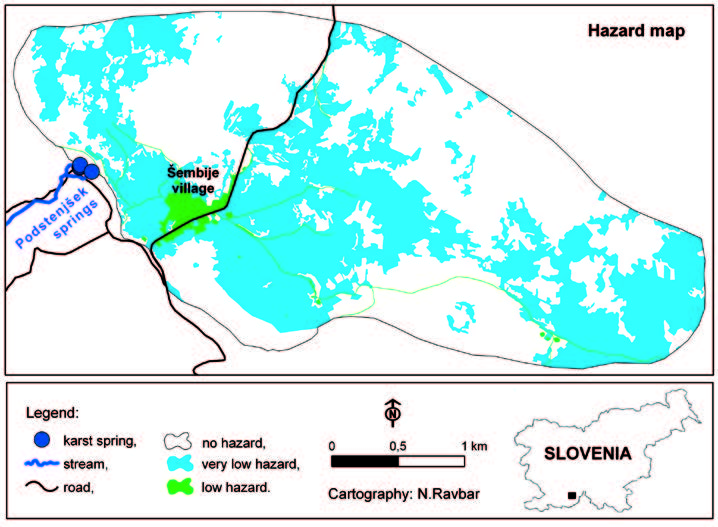Proposed Methodology of Vulnerability and Contamination Risk Mapping for the Protection of Karst Aquifers in Slovenia
DOI:
https://doi.org/10.3986/ac.v36i3.174Povzetek
On the basis of work accomplished by the European COST Action 620, a comprehensive approach to groundwater vulnerability and contamination risk assessment is proposed, taking into account the special characteristics of Slovene karst aquifer systems. The Slovene Approach is consistent with national environmental legislation and enables comparison across European countries. The method integrates temporal hydrological variability in the concept of groundwater vulnerability and offers a new possibility to combine surface and groundwater source and resource protection, which required the development of a new K factor (karst groundwater flow within the saturated zone). The risk analysis considers intrinsic vulnerability, contamination hazards and the importance of the source or resource. It has been first applied to the Podstenjšek springs catchment in southwestern Slovenia and validated by means of two multi-tracer tests with a total of six injection points. The resulting vulnerability, hazard and risk maps are plausible, and the validation confirmed the vulnerability assessment at the representative sites that were selected for tracer injection. The maps provide improved source protection zones and make it possible to identify land mismanagement and to propose better practices for future planning.
Prenosi

Prenosi
Objavljeno
Kako citirati
Številka
Rubrike
Licenca
Avtorji jamčijo, da je delo njihova avtorska stvaritev, da v njem niso kršene avtorske pravice tretjih oseb ali kake druge pravice. V primeru zahtevkov tretjih oseb se avtorji zavezujejo, da bodo varovali interese založnika ter da bodo povrnili morebitno škodo.
Podrobneje v rubriki: Prispevki




